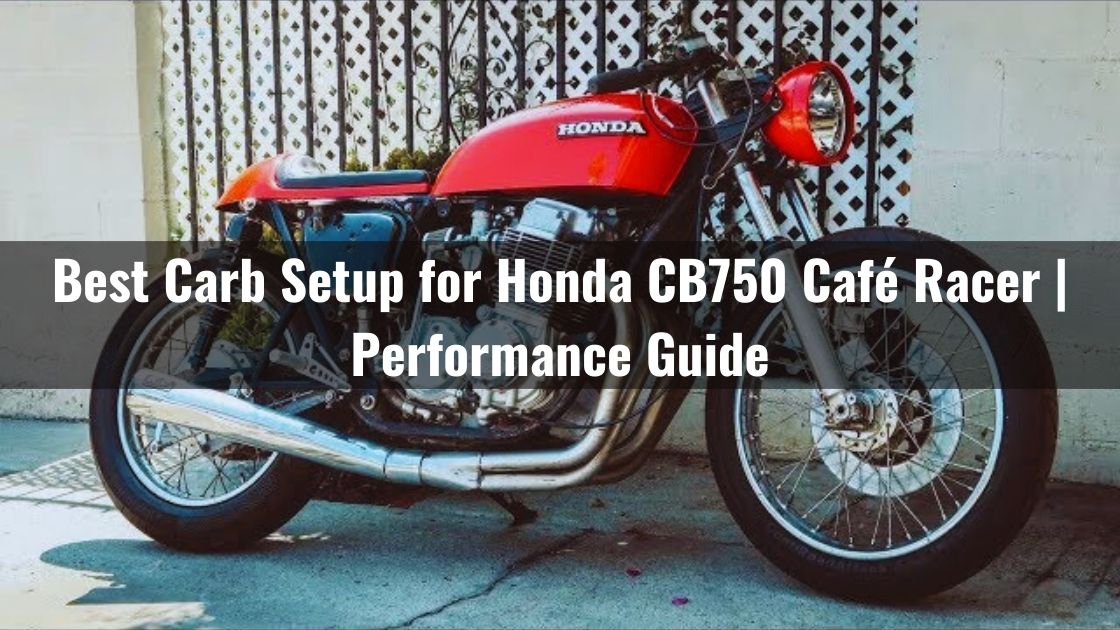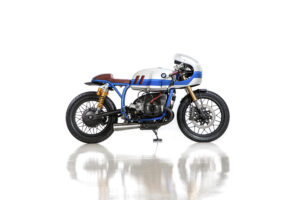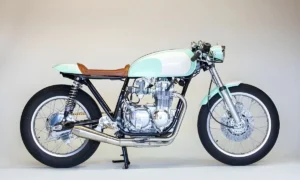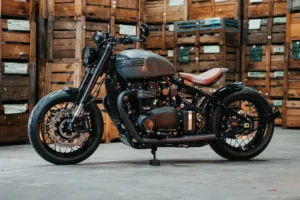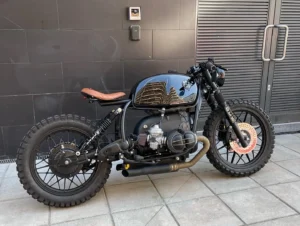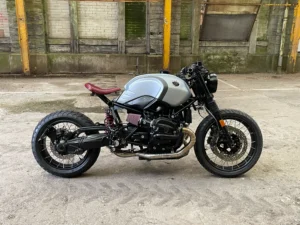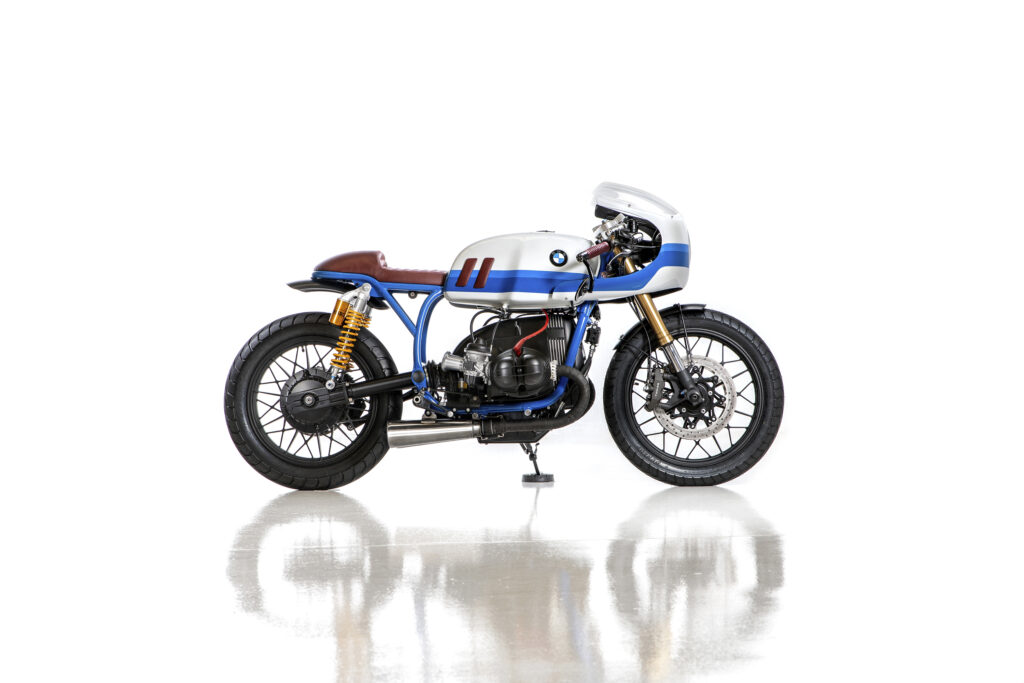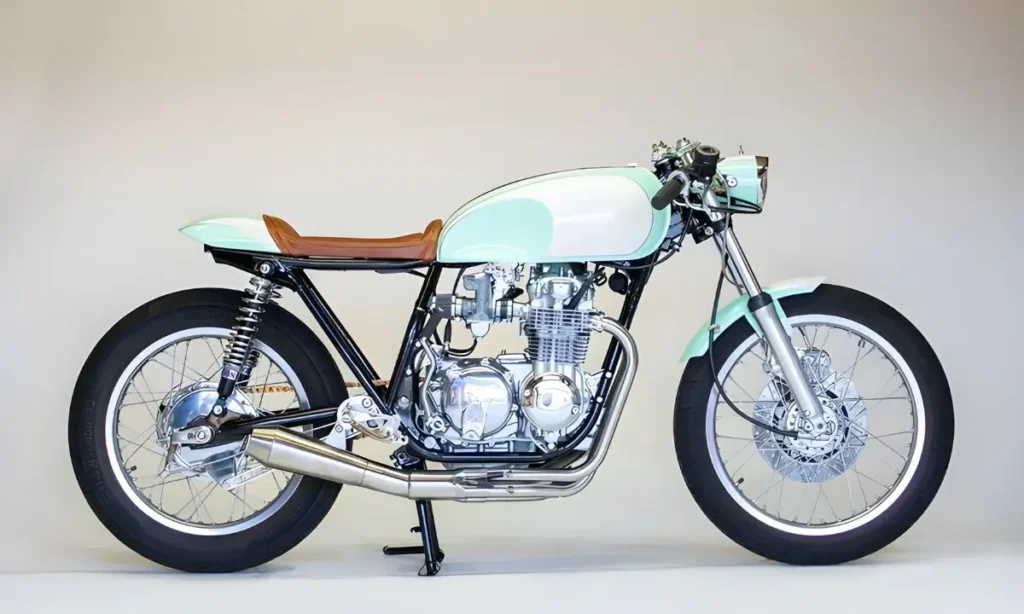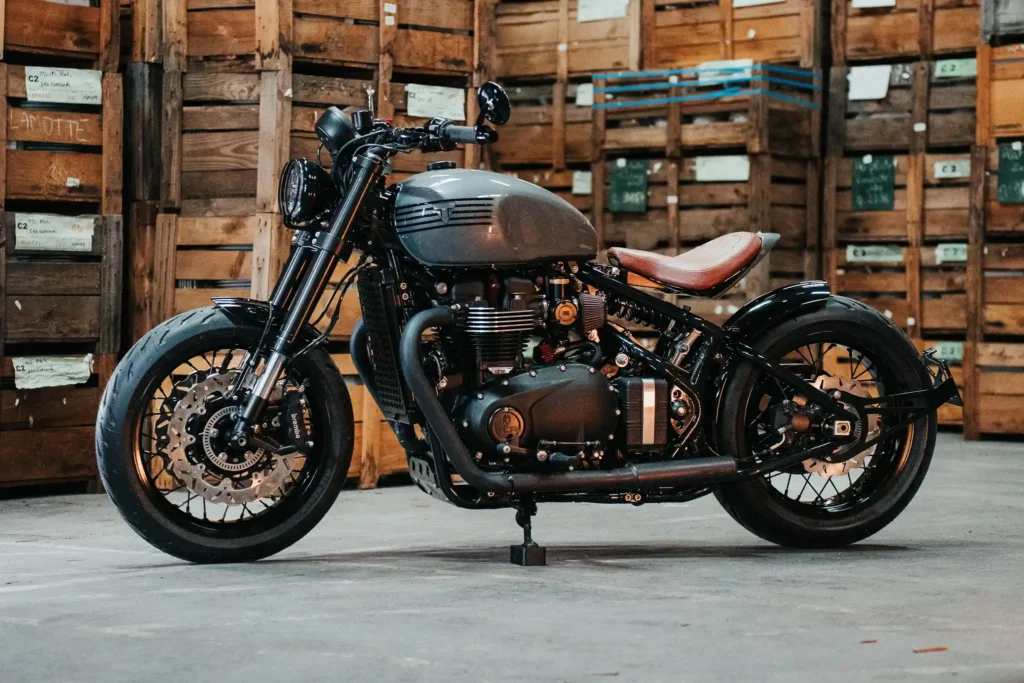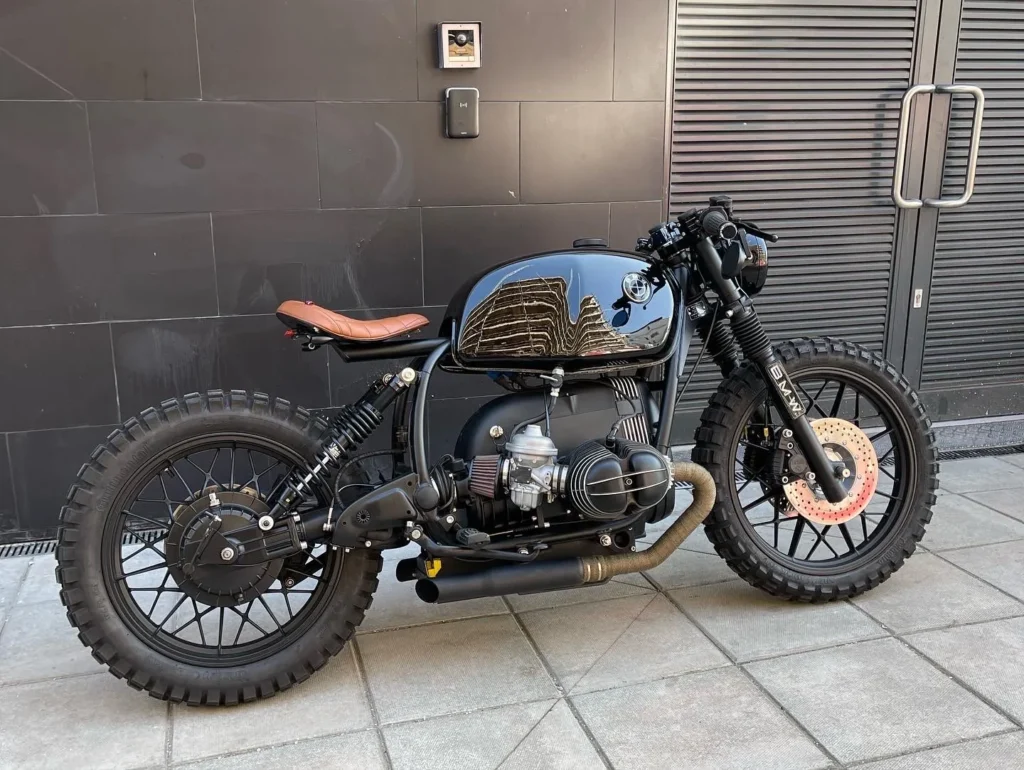Table of Contents
ToggleThe Honda CB750 is a legend in the motorcycle world. It’s a favorite for café racer builds because of its style and performance. One of the most important upgrades for this bike is the carburetor setup. The carburetor controls how fuel mixes with air. This affects how the bike runs and performs on the road.
Stock carburetors work fine on original engines. But café racers often have custom parts like free-flow exhausts or high-performance air filters. These changes need a better carburetor setup to match the upgrades. A good carb setup improves power, throttle response, and reliability.
This guide explains the best carb options for the Honda CB750 café racer. It covers popular choices, tuning tips, and real-world advice. Whether your bike is stock or modified, you’ll find helpful insights here. Let’s explore what works best for your ride.
Understanding the Honda CB750’s Carburetor System
The Honda CB750 is a classic motorcycle. It changed the game for riders and builders. Its engine is strong, reliable, and easy to modify. This is why many people turn it into a café racer.
The stock carburetor system is a key part of the bike’s engine. Honda designed it to work well with the original factory settings. The system uses four individual carburetors, one for each cylinder. This design provides smooth performance and good fuel delivery.
Over time, these carburetors can wear out. The seals, jets, and floats might fail. Tuning them can become tricky. The stock carbs are also not ideal for café racer builds. Café racers often have engine upgrades and custom exhausts. The original carbs might not keep up with these changes. Riders face issues like poor throttle response or uneven idling.
Stock carbs do the job. But upgrading to a modern or performance-focused setup unlocks more potential. Riders get better performance, smoother operation, and easier maintenance.
How Do You Choose the Best Carburetor Setup for a Honda CB750?
Picking the right carburetor setup for a Honda CB750 café racer is important. It affects performance, fuel delivery, and ease of use. A few key factors make this decision easier.
Performance is the first thing to consider. The carburetor controls how much fuel mixes with air. A good setup gives a smoother ride, quicker throttle response, and more power. Some carbs are made for high performance. Others focus on durability or balance.
The next thing to check is compatibility. Not all carburetors fit every engine. Some need special adjustments or parts. It’s important to match the carb to the engine and any upgrades. This avoids wasting time and money.
Tuning is another factor. A carb that is easy to tune saves effort. It also works better in the long run. Some setups require frequent adjustments, while others stay consistent.
Cost matters too. High-performance carbs can get expensive. It’s good to balance quality with budget. Spending on a reliable setup is better than buying something that needs fixing all the time.
A perfect carburetor setup meets your bike’s needs. It handles upgrades, fits well, and performs reliably. This makes it worth the investment.
Popular Carburetor Options for the CB750
Several carburetors work well with the Honda CB750. Each one offers different benefits. Some improve power. Others focus on reliability or ease of tuning.
Keihin CR Carbs
Keihin CR carbs are a popular choice. These are performance carbs. They deliver better throttle response and faster acceleration. Many riders notice smoother engine performance after switching to them.
These carbs are designed for modified engines. They work well with custom exhausts or upgraded air filters. Installation is straightforward. The parts fit most CB750 models without heavy modifications. Riders often recommend Keihin CR carbs for their reliability.
Mikuni VM Series Carbs
The Mikuni VM series is another strong option. These carbs are versatile. They work well for both stock and modified engines. Mikuni carbs are easy to tune. This makes them a favorite among riders who want precision.
These carbs improve fuel delivery. This leads to better performance at low and high speeds. They also have durable parts. This means they last longer with proper care.
Dual Carburetor Systems
Some riders prefer dual carb setups. These use two carbs to replace the stock four-carb system. Fewer carbs mean easier tuning. Dual systems also reduce maintenance needs. They provide a balance of performance and simplicity.
Dual carbs are not as common as the other options. They may need custom parts or expert installation. Riders who like experimenting often enjoy this setup.
Each carburetor option has its strengths. The best one depends on your bike and performance goals.
Tuning and Maintenance Best Practices
A good carburetor setup needs regular tuning and maintenance. This keeps the bike running smoothly. It also improves performance and prevents issues.
Jetting and Air-Fuel Mixture
Jetting is an important step. The carburetor jets control how much fuel mixes with air. The right jet size depends on the engine and exhaust setup. A proper mix avoids problems like rough idling or poor throttle response.
Tuning the air-fuel mixture is also key. Too much fuel can flood the engine. Too little fuel can cause overheating. Adjust the mixture screws carefully. This keeps the engine balanced and efficient.
Synchronization
The Honda CB750 uses multiple carburetors. These must work together. Synchronizing them ensures even fuel delivery. This reduces vibration and makes the bike run smoother. A carb synchronization tool makes this process easier.
Cleaning and Maintenance
Carburetors can collect dirt and debris. Regular cleaning prevents clogs. Use a carburetor cleaner spray to remove buildup. Check the jets, floats, and gaskets for wear. Replace any damaged parts right away.
Proper maintenance also includes checking for air leaks. Inspect the intake boots and seals. Replace worn or cracked parts to avoid uneven performance.
Common Troubleshooting
Carburetors sometimes cause issues. Poor idling, misfires, or weak acceleration are common problems. These often result from clogged jets or incorrect tuning. Fix these by cleaning the carbs or adjusting the settings.
Regular care makes carburetors last longer. It also saves time and money in the long run. This keeps the Honda CB750 running at its best.
Real-World Experiences and Recommendations
Riders and builders have shared many stories about upgrading carburetors on their Honda CB750 café racers. Their experiences can help you make the best choice.
Insights from Riders
Many riders recommend Keihin CR carbs. They say these carbs improve throttle response and give more power. One rider mentioned smoother acceleration after installing Keihin CR carbs on a bike with a custom exhaust. Another liked how easy they were to tune for high performance.
Mikuni VM carbs also get strong reviews. Riders like their durability and simple adjustments. Some say these carbs handle both stock and modified engines well. A builder shared how Mikuni carbs made tuning faster on a heavily upgraded CB750.
Dual carb setups are less common but have fans too. Some riders say they simplify maintenance. Others like the balance of power and reliability they offer. These setups often suit riders who want fewer parts to manage.
Common Lessons
Proper tuning matters more than the carb itself. Many riders say tuning the air-fuel mixture and synchronizing carbs is the most important step. Even the best carb will perform poorly without proper adjustments.
Maintenance is key. Regular cleaning and checking for wear keeps the bike running smoothly. One rider mentioned how cleaning jets once a year avoided major issues.
Patience pays off. Some setups take time to dial in. Riders often test different jets and settings to find the perfect balance.
Expert Advice
Professionals often suggest matching the carb to the engine’s needs. A mechanic recommended Keihin CR carbs for high-performance builds. Another said Mikuni VM carbs work best for reliable daily rides.
Rider stories and expert tips show there’s no one-size-fits-all carb. The best setup depends on your bike and how you ride it.
Conclusion
Finding the best carburetor setup for a Honda CB750 café racer depends on your bike and goals. Keihin CR carbs work well for riders who want better performance. Mikuni VM carbs are reliable and easy to tune. Dual carb setups simplify maintenance for some builds.
Tuning and maintenance play a big role. Adjusting jets, balancing the air-fuel mixture, and synchronizing the carbs make a huge difference. Regular cleaning and part replacement help the system last longer.
Every setup has its benefits. The right choice fits your budget, engine upgrades, and riding style. Start with the basics, tune carefully, and test your results. A well-set carburetor turns the CB750 into a smooth, powerful machine. It’s worth the effort.
FAQs
Do I need to re-jet my carburetors after installing a new exhaust?
Yes, installing a new exhaust can change how your engine breathes. Re-jetting ensures the air-fuel mixture stays balanced, preventing engine issues.
How often should I clean my carburetors?
It’s best to clean your carburetors every 3,000 to 5,000 miles. Regular cleaning keeps your bike running smoothly and prevents clogs.
Can I install new carburetors myself, or should I hire a professional?
If you’re comfortable with motorcycle maintenance, you can install new carburetors yourself. If not, it’s safer to hire a professional to avoid mistakes.
What are the signs that my carburetors need tuning?
Signs include rough idling, poor acceleration, backfiring, or decreased fuel efficiency. These indicate your carburetors may need adjustment.
Is it necessary to synchronize carburetors after installation?
Yes, synchronizing ensures all carburetors work together, providing smooth performance and preventing engine strain.

